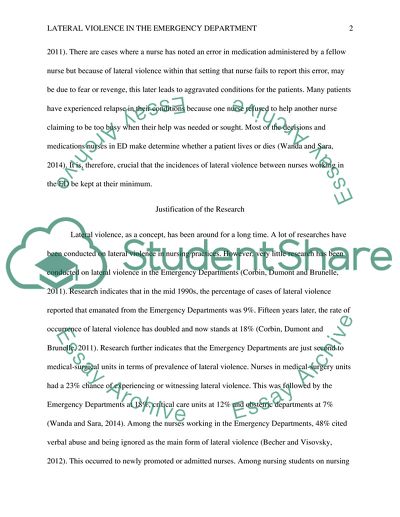Cite this document
(“Lateral Violence in the Emergency Department Dissertation”, n.d.)
Lateral Violence in the Emergency Department Dissertation. Retrieved from https://studentshare.org/nursing/1649380-lateral-violence-in-the-emergency-department
Lateral Violence in the Emergency Department Dissertation. Retrieved from https://studentshare.org/nursing/1649380-lateral-violence-in-the-emergency-department
(Lateral Violence in the Emergency Department Dissertation)
Lateral Violence in the Emergency Department Dissertation. https://studentshare.org/nursing/1649380-lateral-violence-in-the-emergency-department.
Lateral Violence in the Emergency Department Dissertation. https://studentshare.org/nursing/1649380-lateral-violence-in-the-emergency-department.
“Lateral Violence in the Emergency Department Dissertation”, n.d. https://studentshare.org/nursing/1649380-lateral-violence-in-the-emergency-department.


